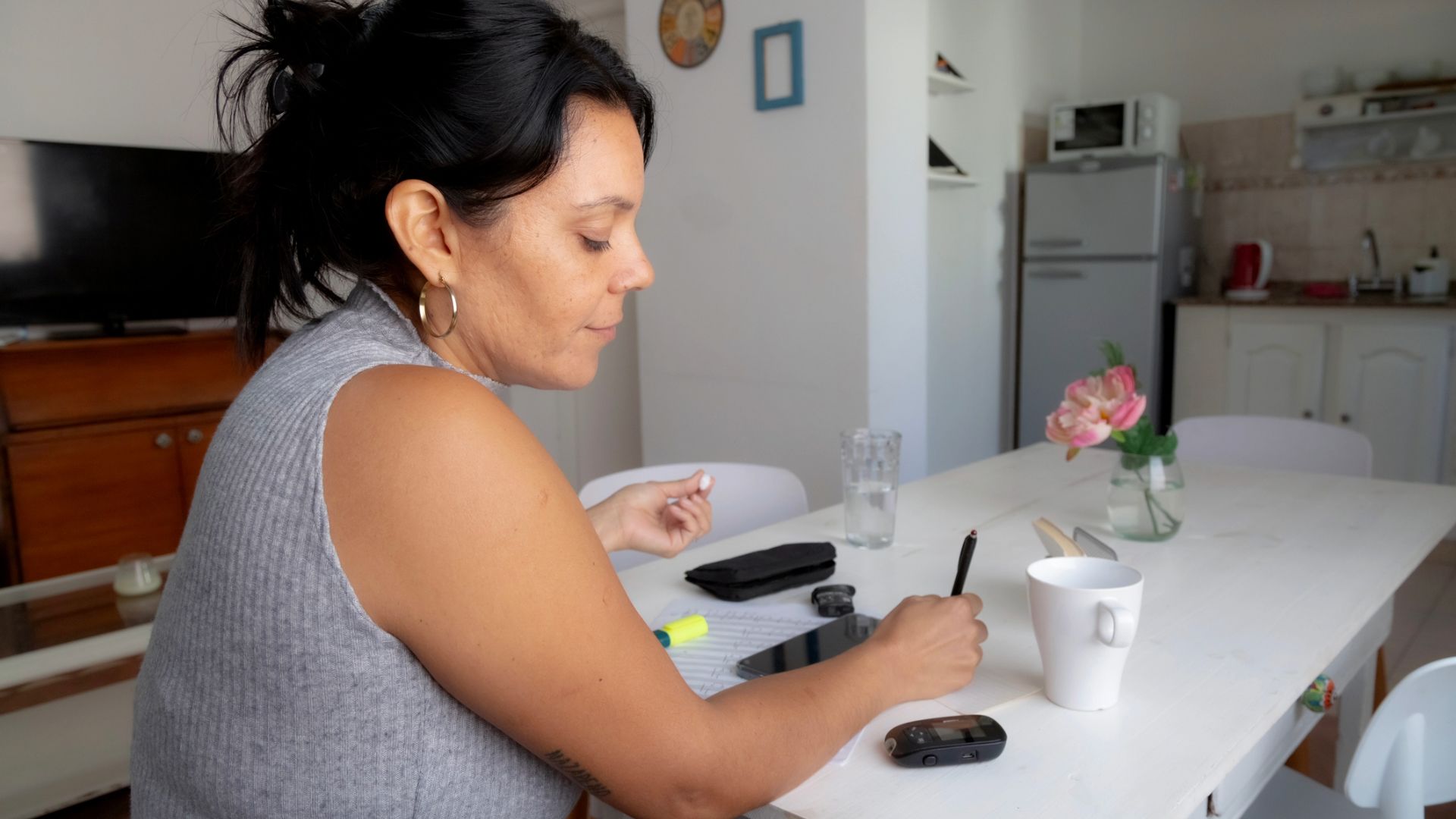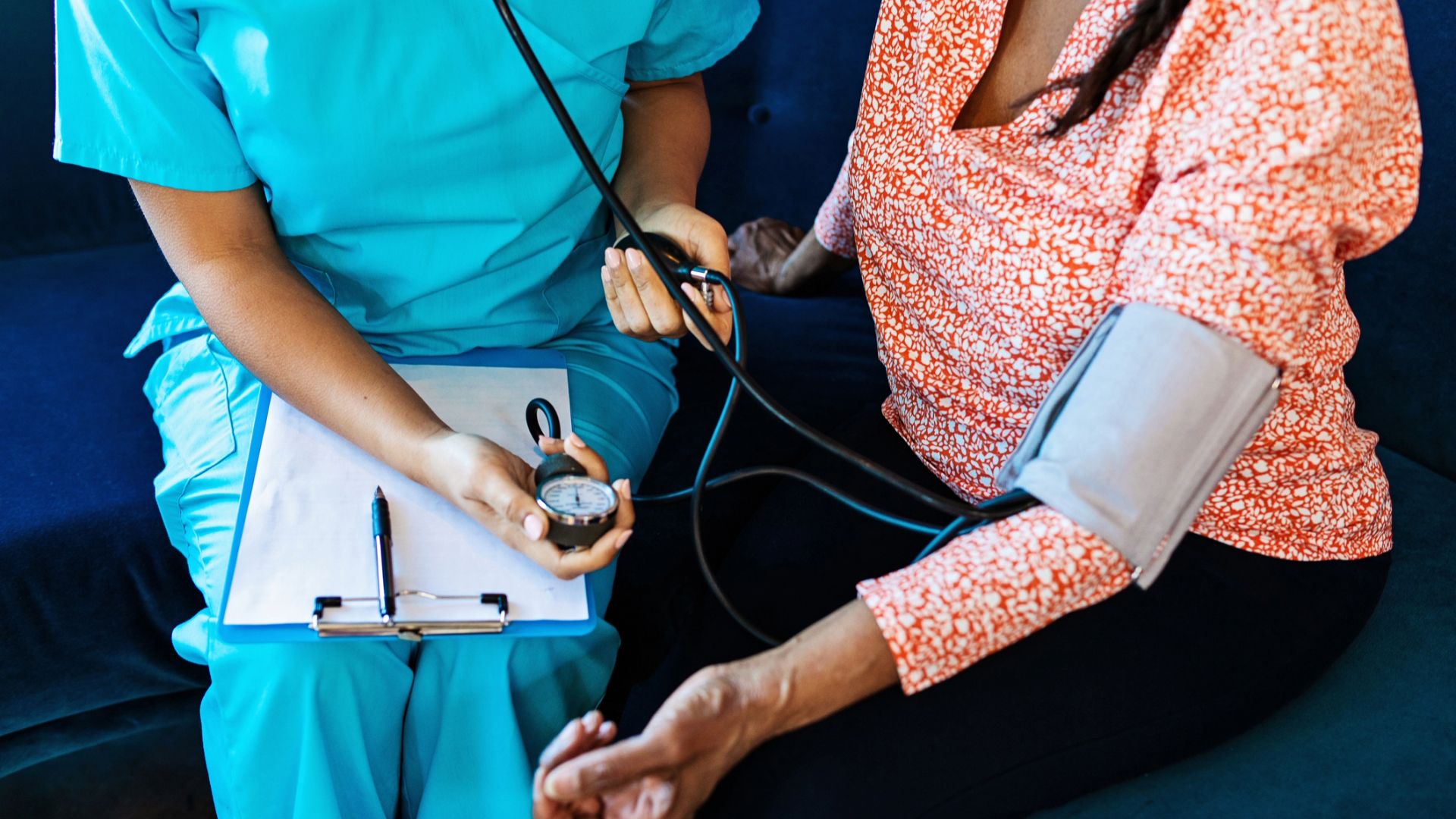Updated on September 5, 2023
You likely know that exercise is key to better living with diabetes. It enhances insulin sensitivity and lowers blood sugar levels. But you might not know that you need to take extra safety precautions whenever you work out.
Here’s how to reap the benefits of exercise while making sure not to exacerbate your diabetes symptoms.
Check with your healthcare provider
If you're overweight or have high blood pressure, a heart condition, or vision or foot problems, talk to your healthcare provider (HCP) before starting an exercise routine. Ask which kind of exercise—and how much—is safe for you. To prevent you from overdoing it, your HCP may ask you to break up your daily workout into mini sessions.
Measure your blood sugar level around exercise
If your blood sugar is out of a safe exercise range (below 100 or above 180 mg/dL) avoid strenuous physical activity. You should also keep your activity very light—or avoid it altogether—if there are ketones present in your blood or urine. Your body creates these chemicals when you don’t have enough insulin to turn blood glucose into energy. Over time, ketones can build up and cause serious health problems. If you exercise with moderate or high levels of ketones, it can push your blood sugar up to dangerous levels.
On the flip side, some people with diabetes may experience low blood sugar levels with physical activity. One reason: Exercise tends to make your body more sensitive to insulin, lowering blood sugar. Some medications used for diabetes may contribute, as well.
Lower blood sugar can be a good motivator for getting active. But in the short term, you may need to adjust your carb intake or medications so that you don’t experience dangerously low levels during or after your workouts. Look out for signs as you exercise, such as weakness or dizziness. Stop immediately, if present.
Don’t guess—ask your HCP when you should measure your blood sugar around exercise and whether you might need to change your diet or medication doses to fit your workout routine.
Fuel up
If your blood sugar is within a healthy range for exercise, you don’t necessarily need to eat before you get active. If you do want to eat first, have a light snack that contains both a healthy (complex) carbohydrate and some protein. Here are a few suggestions:
- 1/3 cup hummus with a few whole grain crackers or raw vegetables
- 1 tablespoon of nut butter with pear or apple slices
- 2/3 cup plain, unsweetened yogurt with berries
- Half of a turkey or cheese sandwich on whole grain bread
- 2 or 3 small falafels with a tablespoon of tahini (sesame seed) dip
The decision to eat after your workout should depend on its intensity. If you walked, went for a gentle jog, or biked for less than an hour, you probably don’t need a post-workout meal. On the other hand, you should plan to refuel if you lifted weights, ran long distances, biked for over an hour, or played a high-intensity competitive sport. A bigger portion of the snack ideas above or a high-quality protein shake are smart options.
While you exercise, keep a carb-rich snack on hand in case your blood sugar drops too low. Wise choices include fruit, crackers, and rice cakes (or glucose tablets).
Hydrate
When you have diabetes, avoiding dehydration is critical. People with diabetes tend to become dehydrated more quickly. Insufficient water concentrates your blood sugar and can lead to hyperglycemia (high blood sugar). In addition to drinking enough water throughout the day, aim to have 7 to 10 ounces every 20 minutes during your workouts.
If your activity is especially long and intense, it may be a good idea to gradually sip a sports drink that contains both carbs and electrolytes. But most people don’t need anything more than plain water.
Avoid hot weather workouts
People with diabetes tend to be affected more severely by hot weather than people without diabetes. Nerve and blood vessel damage, which are common diabetes complications, can make it harder for your body to produce enough sweat at the right time to cool you down. High temperatures can affect your insulin levels, too, making it necessary to test your blood sugar more often. For all of these reasons, it’s not a good idea to exercise outdoors when it’s very hot.
Take care of your feet
Diabetes can cause numbness and decreased blood circulation throughout your body. During a workout, this can be a particular problem for your feet. If you injure yourself, you may not feel it in time to stop and check. And if the skin is broken, it may be more prone to infection.
To ensure a safe and comfortable workout, the CDC recommends the following:
- Only wear shoes that fit well, and always wear socks with them. Moisture-wicking socks are best for physical activity.
- Don’t go barefoot. This raises the risk for an injury.
- Inspect your feet every day for anything unusual, like redness, sores, swelling, cuts, or blisters. If you find a problem, don’t exercise—call your HCP.
- Wash your feet in comfortably warm water and completely dry them after you exercise.
- Talk to your HCP about whether you should avoid any specific activities to keep your feet healthy.
Wear a medical ID tag whenever you exercise
If an emergency arises, a medical ID tag will alert the people around you that you have diabetes. This is especially important if you’re out exercising and don’t have your wallet and medical ID card with you.
A bracelet or pendant that clearly states that you have diabetes can help you get medical care quickly if you have a hypoglycemic event. And if you get injured, it tells first responders and other medical personnel right away that they may also need to manage your blood sugar levels while you receive care—as you may be distracted and in pain.
The bottom line
Physical activity is an essential part of any good diabetes care plan. Exercising regularly can dramatically reduce your risk for diabetes complications and help you manage your blood glucose levels day to day.
People with diabetes need to take just a few additional precautions to ensure safety while exercising. Plan for healthy snacks before or after your workouts, make sure you have well-fitting clothes and shoes, drink plenty of water, and always check with your HCP before you begin any new exercise regimen.




